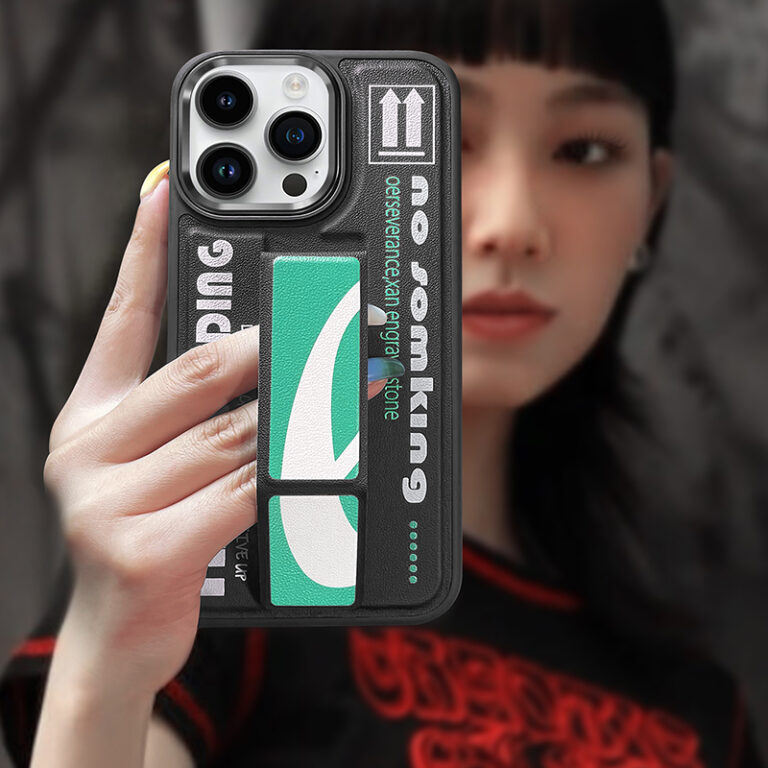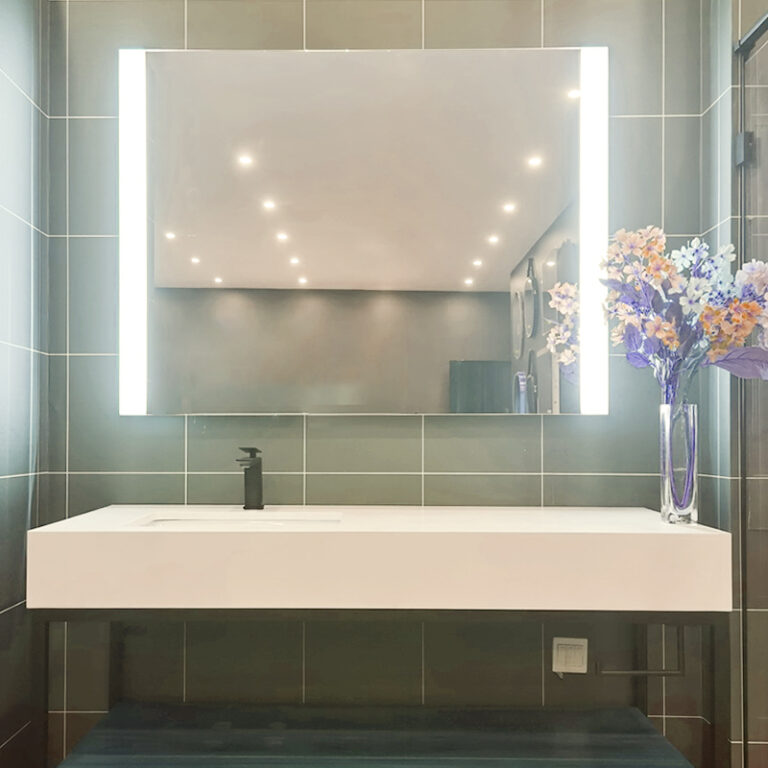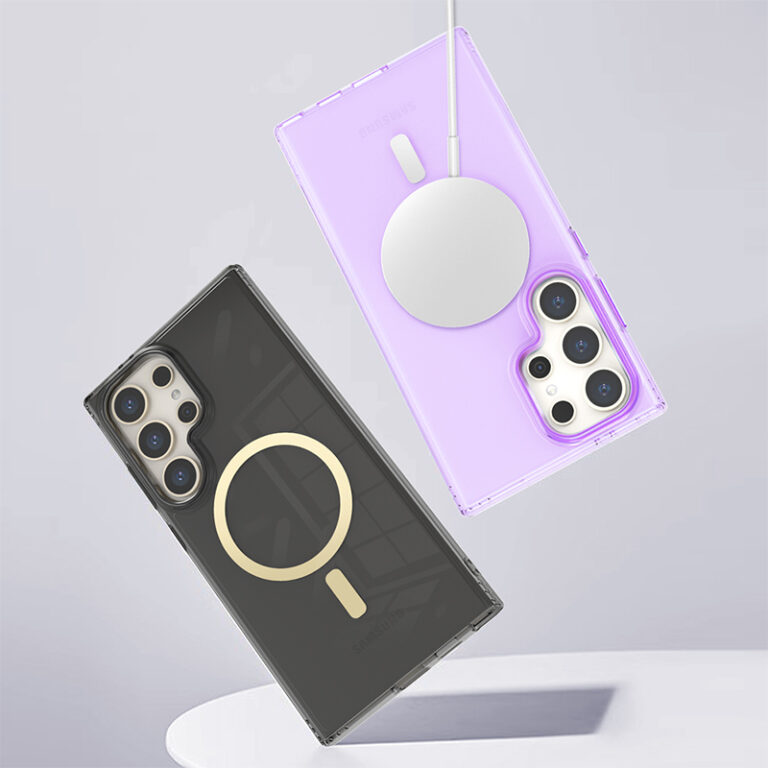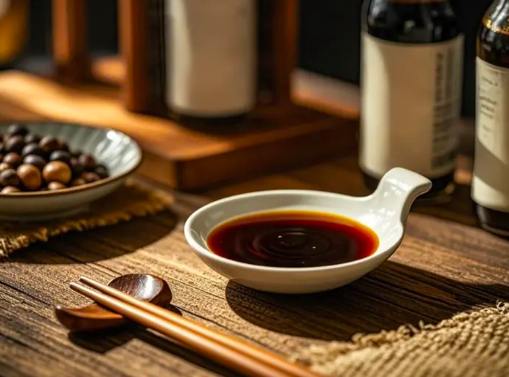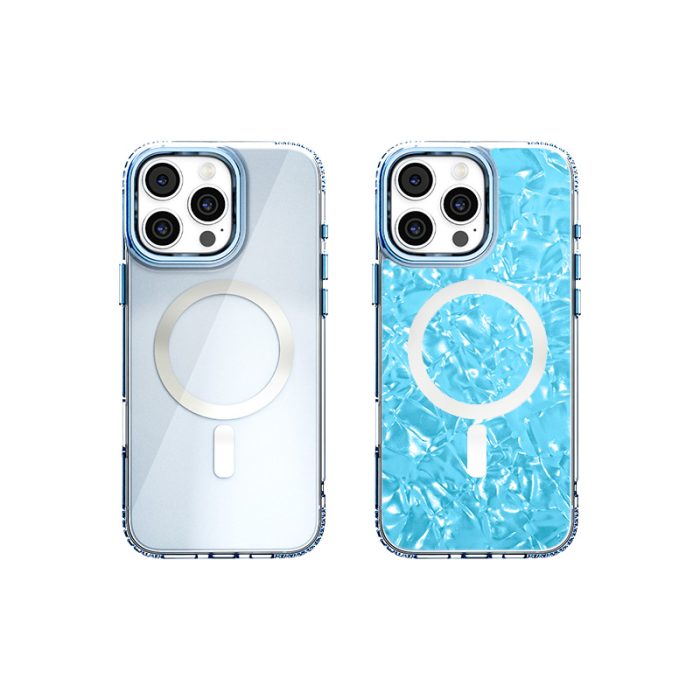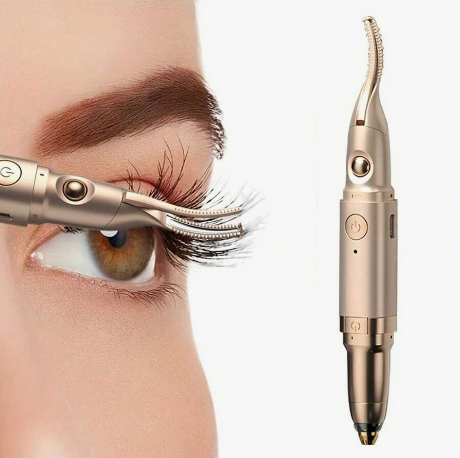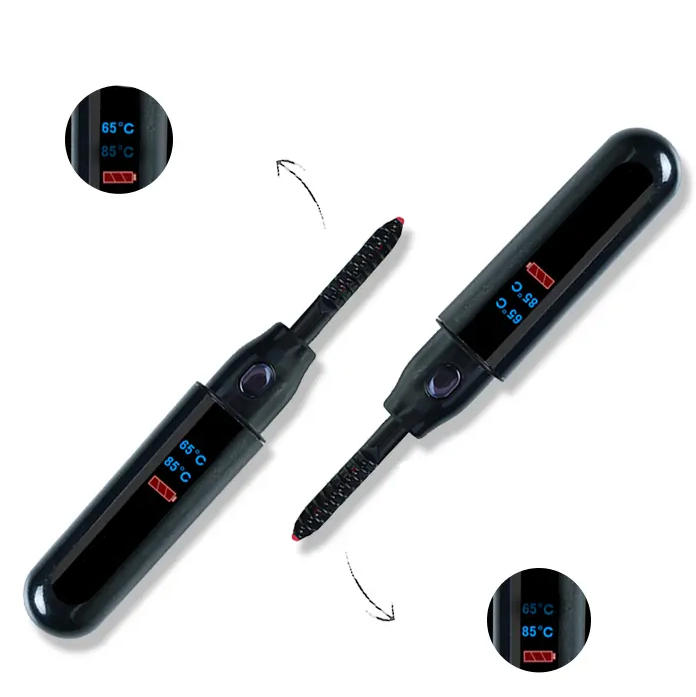目录
ToggleHotel tableware plays a pivotal role in enhancing guest experiences, reflecting both aesthetic appeal and functional practicality. From casual breakfasts to formal banquets, selecting the right tableware requires careful consideration of occasion-specific needs, material durability, and design coherence. This guide outlines key strategies to align tableware choices with diverse hospitality scenarios.
Understanding Occasion-Specific Requirements
Different events demand distinct tableware solutions. For daily dining (e.g., breakfast buffets), lightweight, stackable options like melamine or tempered glass are ideal. These materials handle high-volume use—melamine withstands up to 120°C (248°F) and resists scratches, while tempered glass (4–6 times stronger than standard glass) minimizes breakage risks.
For fine dining or banquets, porcelain and bone china elevate sophistication. Porcelain fired at 1,200–1,400°C offers a glossy finish and chip resistance, making it suitable for formal settings where presentation matters. Bone china, containing 25–50% bone ash, provides translucency and a delicate touch, often preferred for luxury events.
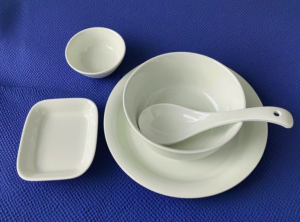
Material Selection: Balancing Durability and Aesthetics
- Ceramics: Ideal for upscale occasions, with porcelain costing 2–5 per piece and bone china 5–15. Both are dishwasher-safe but require careful handling to avoid chips.
- Stainless Steel: Durable for casual or outdoor setups, resisting corrosion and stains. Costs range from 1–3 per piece, with 18/8 or 18/10 grades ensuring food-safe use.
- Glassware: Opt for lead-free crystal or soda-lime glass for clarity and elegance. Crystal glassware refracts light better but costs 30–50% more than standard glass.
Design Coherence and Branding
Tableware should align with a hotel’s brand identity. For boutique hotels, artisanal or hand-painted designs add uniqueness, while business hotels may prioritize minimalist, neutral tones. Custom logos or monograms can enhance branding, though they may increase costs by 15–25%.
Practical Considerations: Storage and Maintenance
- Space Efficiency: Stackable designs (e.g., melamine plates) reduce storage needs by up to 40% compared to non-stackable options.
- Maintenance: Dishwasher-safe tableware lowers labor costs, but handwashing delicate items (e.g., bone china) extends lifespan. Hotels should budget for replacements at 5–10% annually due to wear and tear.
Sustainability and Cost-Effectiveness
Eco-friendly materials like bamboo or compostable bioplastics cater to green initiatives, though they may cost 20–30% more. Leasing tableware for large events (e.g., weddings) can cut upfront costs by 50–70%, with rental companies handling cleaning and repairs.
Conclusion
Selecting hotel tableware requires balancing occasion-specific demands, material durability, and design cohesion. By prioritizing functionality for daily use and elegance for special events, hotels can optimize guest satisfaction while managing costs. Whether opting for robust melamine or refined bone china, strategic choices ensure tableware remains both a practical asset and a visual delight.
0